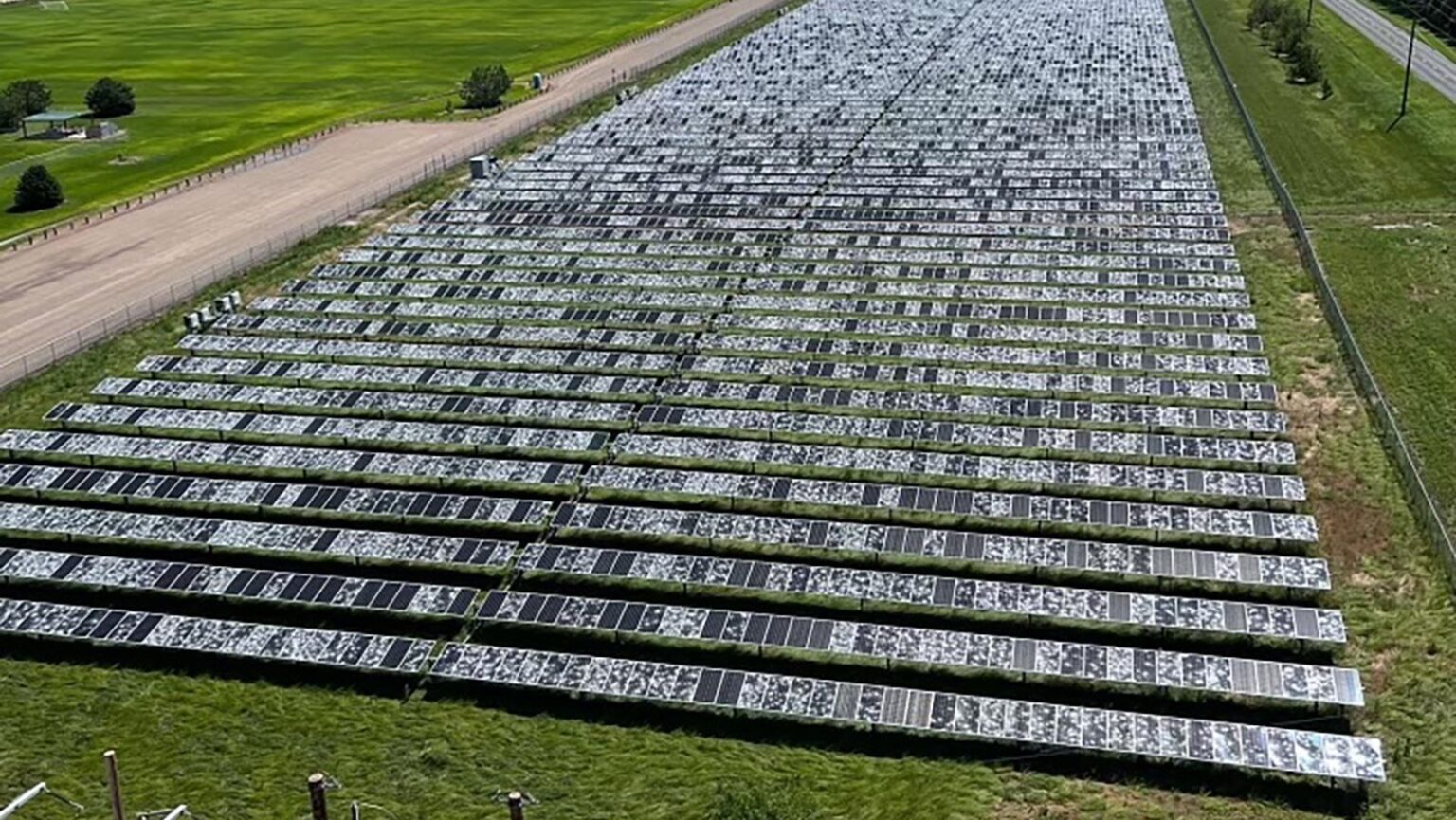Solar Panel Owners Warned: Don’t Risk Your Life after Devastating Hailstorm!
- Giant hailstones measuring up to 9 centimetres smash solar panels in south-east Queensland, leaving thousands of homes damaged
- Experts warn that if left unchecked, damaged solar panels can be deadly and cause fires
- Homeowners are advised not to touch anything unless it’s to make safe or prevent further damage, and to shut down their solar system immediately
A devastating hailstorm has left a trail of destruction in its wake, with thousands of homes and businesses affected across south-east Queensland. The storm, which brought giant hailstones measuring up to 9 centimetres, has resulted in over 2,500 insurance claims being lodged.
The town of Esk, north-west of Brisbane, was one of the hardest hit, with rooftop solar panels smashed to pieces. Clifton and Pratten in the Darling Downs were also severely impacted.
As the region assesses the damage, experts are warning solar panel owners to exercise extreme caution. “If you suspect there may be some damage to your system, there are a few steps you can take to protect your home and family,” said Matthew Duncan from Master Electricians Australia.
“The number one thing to avoid is the temptation of climbing on your roof. There can be quite a bit of damage to a solar system impacted by hail, or extreme weather events, like our recent cyclones. Once that damage has been done to the glass face, the electrical wiring underneath is no longer protected,” Duncan warned.

In a dire warning, Duncan said that damaged solar panels can make electricity flow where it shouldn’t, sometimes causing fires. “If it’s metallic, that could become alive and possibly start a fire.”
Instead, homeowners are advised to look for a “shutdown” procedure, usually attached to the inverter. If that can’t be found, the first step is to look at the main switchboard and turn off the main switch. Next, find the inverter and shut off the PV array DC isolator to secure all the cabling and make it safe.
But if in doubt, the best thing to do is call in an expert, like a local electrical contractor. “Contacting your local solar electrician is the best way to avoid further damage,” Duncan said.
As storm season kicks into gear, homeowners are reminded to ensure they’re maintaining their solar system, with annual inspections by a qualified professional. And if you’re concerned about damage, don’t touch anything unless it’s to make safe or prevent further damage, and take photos of the damage before calling your insurer.
Most insurance policies cover damage to solar panels, but it’s essential to check your policy and speak directly with your insurer. Insurers recommend shutting down the solar system by switching off its power during a storm.
In the aftermath of the devastating storm, the Insurance Council of Australia (ICA) has encouraged policyholders to check their Product Disclosure Statement (PDS) and speak directly with their insurer with any questions or to make a claim.

